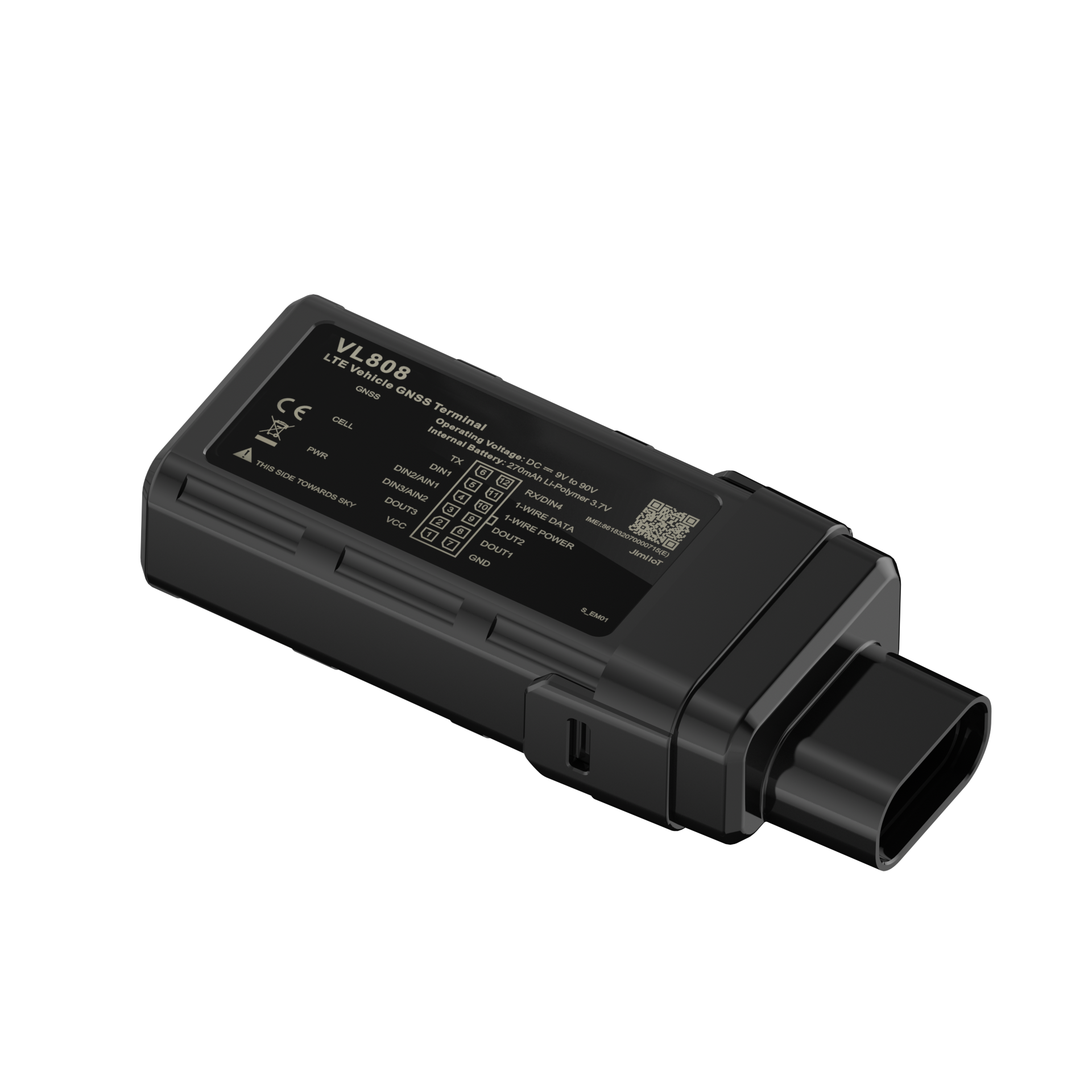Fleet managers know that unexpected vehicle breakdowns lead to costly downtime, missed deliveries, and frustrated customers. But what if you could detect mechanical issues before they turn into breakdowns? That’s where DTC trackers and IoT fleet management systems come in.
In this article, we’ll explore how DTC fault detection empowers fleets with predictive maintenance, helping you lower costs, boost efficiency, and keep your vehicles running smoothly.
What Is a DTC Tracker?
DTC stands for Diagnostic Trouble Code—a standardized system used in vehicle onboard diagnostics (OBD). A DTC tracker is an IoT-enabled device that monitors these fault codes in real time and sends alerts when abnormalities occur.
Instead of waiting for a vehicle to fail, DTC trackers give you immediate access to:
- Engine or transmission issues
- Emission problems
- Fuel system anomalies
- Electrical or sensor faults
With this data, you can act fast—often before the driver even notices anything is wrong.

Why DTC Fault Detection Matters for Fleet Management
Unplanned repairs are one of the biggest headaches in fleet operations. DTC fault detection provides a solution by offering:
- Early warning signs of mechanical issues
- Actionable insights for maintenance teams
- Data-driven decisions that prevent larger failures
In short, DTC tracking reduces the chance of a sudden breakdown while extending the life of each vehicle in your fleet.
How to Use a DTC Tracker for Predictive Fleet Maintenance
Here’s a simple guide to help you start using a DTC tracker in your fleet:
STEP 1: Install the DTC Tracker on Your Vehicle
- Plug the device into the OBD-II port (usually under the dashboard)
- Ensure it’s connected properly and powered on
STEP 2: Connect to an IoT Fleet Management Platform
- Use a platform like Tracksolid Pro to register the device
- Set up your fleet profile and link each vehicle to its tracker
STEP 3: Set Notification Preferences
- Define which types of DTC alerts you want to receive (e.g., engine faults, fuel system issues)
- Configure real-time push or email notifications for critical codes
STEP 4: Monitor DTC Data and Analyze Faults
- View fault code history, frequency, and severity via the dashboard
- Use visual tools to identify which vehicles are at higher risk
STEP 5: Take Action Based on Alerts
- Assign tasks to your maintenance team before breakdowns occur
- Schedule repairs based on actual vehicle health
Predictive Maintenance with IoT Fleet Management
Traditional maintenance is reactive: you wait for something to go wrong, then fix it. Predictive maintenance, powered by IoT fleet management, flips that model.
Here’s how it works:
- Real-time diagnostics: The IoT device monitors DTC codes and other performance metrics (like RPM, coolant temperature, voltage, etc.).
- Automatic alerts: If a fault code is triggered, your platform (e.g., Jimi IoT’s Tracksolid Pro) sends an instant notification.
- Maintenance scheduling: Based on the fault and vehicle usage, you can schedule maintenance proactively, preventing bigger issues down the road.
This keeps your fleet healthier, safer, and more cost-effective.
Key Benefits of Using a DTC Tracker in Your Fleet
1. Reduce Unexpected Downtime
By detecting problems early, DTC trackers allow you to fix small issues before they lead to breakdowns that take vehicles off the road.
2. Improve Maintenance Planning
With accurate vehicle diagnostics data, you can create smarter maintenance schedules tailored to actual vehicle conditions—not just mileage or guesswork.
3. Enhance Driver Safety
Faults in the braking, engine, or electrical systems can compromise driver safety. A DTC tracker helps prevent such risks by keeping vehicles in top shape.
4. Lower Repair Costs
Fixing a minor sensor issue is far cheaper than replacing an entire engine. DTC tracking helps you catch the small stuff early.
5. Boost Operational Efficiency
Fewer breakdowns mean fewer delays, better route planning, and more reliable service for your customers.
How Jimi IoT Enables Smarter Fleet Diagnostics
Jimi IoT’s advanced vehicle trackers, for example, VL808, VL802, and VL103M, come equipped with DTC fault detection. They integrate seamlessly with platforms like Tracksolid Pro, giving you:
- Real-time alerts via web or mobile
- Centralized diagnostics for all fleet vehicles
- Remote control options like fuel cut-off
- Maintenance reporting and history tracking
Whether you manage five vehicles or five hundred, Jimi IoT helps turn raw DTC data into actionable insights.

Best Practices for Using DTC Trackers Effectively
- Integrate with a centralized platform: Ensure all DTC data flows into one dashboard for easy management.
- Train your maintenance team: Make sure they understand how to interpret DTC codes and prioritize repairs.
- Set alert thresholds: Customize alerts so you’re notified only about critical or persistent issues.
- Combine with driving behavior data: Monitor both the driver and the vehicle for a full picture of fleet performance.
Conclusion
Incorporating DTC trackers into your fleet is a smart way to move from reactive to proactive maintenance. These devices give you a clearer view of your vehicles’ health, reduce repair costs, and ultimately ensure your fleet operates at peak efficiency.
If you’re looking to bring IoT fleet management and predictive maintenance to your operations, Jimi IoT has the tools to help you get there.
Want to reduce fleet breakdowns and maintenance costs? Contact Jimi IoT to learn how our DTC-enabled solutions can future-proof your fleet.

 US
US ES
ES PT
PT TH
TH VN
VN JP
JP


